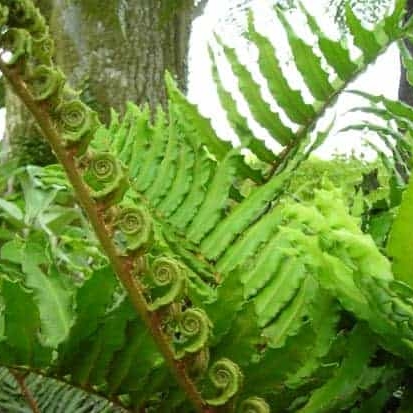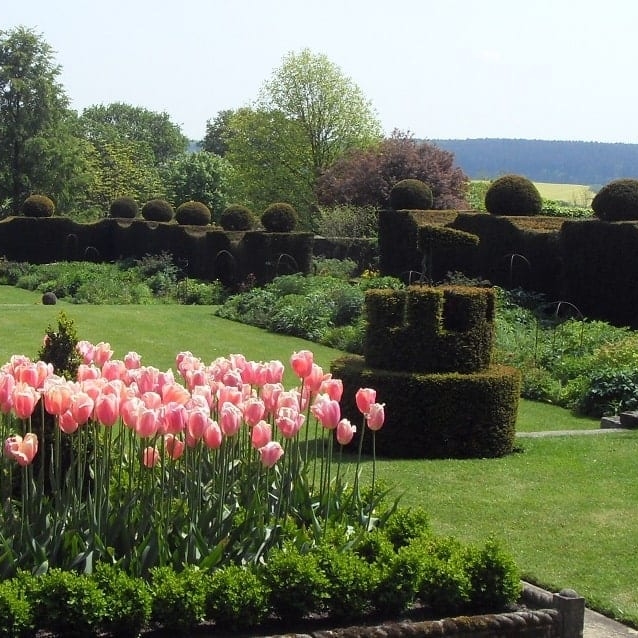Prune for colourful Cornus
Cornus (also known as dogwood) is a genus that includes many species and cultivars. It is grown almost exclusively for its coloured bark. That becomes apparent once the leaves have fallen in the autumn and creates a dramatic display until the foliage returns in early spring.
One of the most popular is Cornus alba with bright red cultivars such as ‘Sibirica’ and the deep purple ‘Kesselringii’. This species, along with the vivid green Cornus sericea ‘Flaviramea’ require an annual hard prune. This generates the vigorous, one- year-old stems that bear the brightest coloured bark. Cornus should be cut back in mid-March to enjoy the colour for the whole winter period. Stems should be taken back with a prune to a node low on the framework just above the point where they emerge from the older wood.
In general Cornus are easy to grow, they tolerate a wide range of soils as long as they are not waterlogged for long periods. However to get the best out of them they will need some fertility and decent water retention. This will enable the plant to sustain the very vigorous growth needed for a good colourful display. If your soil is very free draining or lacking in nutrients then add some organic matter when planting. Mulch regularly to top up the humus levels in the soil. It is also important that they are planted in a sunny position as the sunlight will enhance the development of the bark. If they are grown in too much shade they will not develop such a good display.
‘Midwinter fire’ is the apt cultivar name for name for one of the most stunning cultivars of Cornus sanguinea. The stems grading from the brilliant red of the newest growth, through orange and then golden in the second and third year. This cultivar also known as Cornus sericea ‘winter Beauty’ needs to be pruned in a different way to Cornus alba and Cornus stolonifera. Two and three-year- old wood is needed for the grading of the colour. Instead of cutting all stems hard back in March, remove around ¼ of the stems only. Choosing the oldest stems and cutting them hard back. Vigorous new wood is generated but each stem will develop the two and three-year- old colours before being removed.
Cornus that is grown for its coloured bark will give much more impact when planted in a group. A dramatic display can be created by block planting for a dense colour display. Offset each variety by planting a group of contrasting colour next to it. Many willows will also develop colourful bark if pruned in the same way. Red will stand out more when planted against a dark backdrop or against the luminous white stemmed (and rather painful sounding) ‘Rubus cockburnianus’- pronounced co-burni- arnus by the horticultural elite!

Caroline Wright
Caroline brings decades of horticultural experience, both practical and theoretical. Having lectured at Brackenhurst Horticultural University for many years, Caroline has now relocated to France and is following her passion for growing plants and teaching. Caroline and her husband Paul run the plant nursery, propagating all of the plants themselves and lead a wide selection of fun and interactive horticultural and craft based courses.



